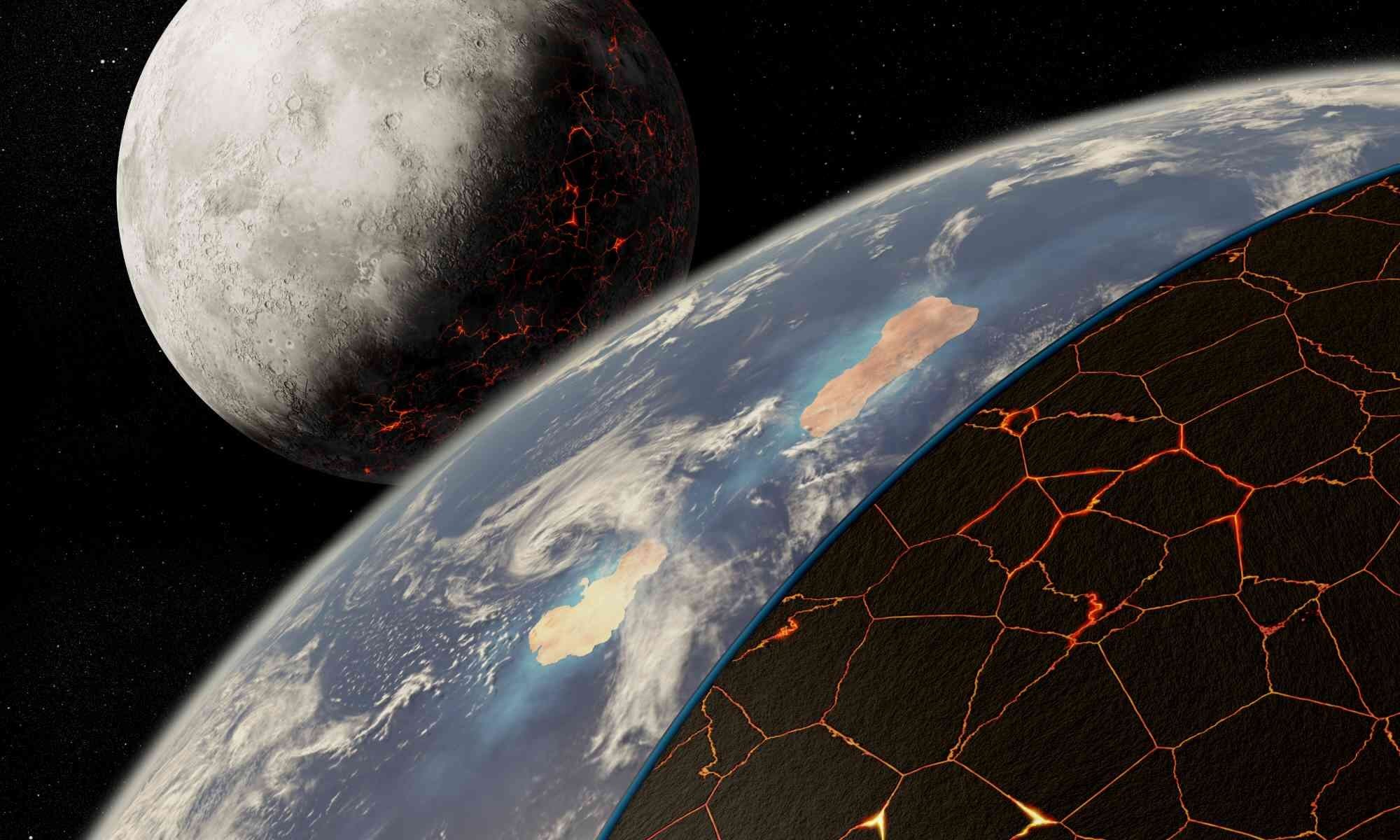
What are plate tectonics? Plate tectonics explain how Earth's surface is shaped by the movement of large plates. These plates float on the semi-fluid layer beneath the crust called the mantle. Why is this important? Understanding plate tectonics helps us grasp why earthquakes, volcanoes, and mountain formations occur. How do they work? Plates move due to the heat from the Earth's core causing convection currents in the mantle. What are the types of boundaries? There are three main types: divergent (moving apart), convergent (coming together), and transform (sliding past each other). Why should you care? Knowing about plate tectonics can help predict natural disasters and understand Earth's geological history.
What Are Plate Tectonics?
Plate tectonics is the scientific theory explaining the movement of Earth's lithosphere, which is divided into several plates. These plates float on the semi-fluid asthenosphere beneath them, causing various geological phenomena.
- The Earth's lithosphere is divided into seven major and many minor plates.
- These plates move at a rate of a few centimeters per year, similar to the speed at which fingernails grow.
- The theory of plate tectonics was first proposed in the early 20th century by Alfred Wegener as "continental drift."
How Do Plate Tectonics Work?
Understanding the mechanics behind plate tectonics helps explain many natural events like earthquakes and volcanic eruptions. Here are some key points:
- Plates move due to the heat from the Earth's core causing convection currents in the mantle.
- There are three main types of plate boundaries: divergent, convergent, and transform.
- At divergent boundaries, plates move apart, creating new crust as magma rises to the surface.
- Convergent boundaries occur when plates collide, often forming mountains or causing subduction, where one plate moves under another.
- Transform boundaries are where plates slide past each other, leading to earthquakes.
Effects of Plate Tectonics
The movement of tectonic plates has a profound impact on the Earth's surface and life. Here are some effects:
- Earthquakes are caused by the sudden release of energy as plates grind against each other.
- Volcanic eruptions occur when magma from the mantle reaches the surface, often at convergent or divergent boundaries.
- Mountain ranges like the Himalayas are formed by the collision of tectonic plates.
- Ocean trenches, the deepest parts of the ocean, are created by subduction zones.
Historical Evidence for Plate Tectonics
The theory of plate tectonics is supported by various types of evidence collected over time. Here are some examples:
- Fossil records show similar species on continents that are now far apart, suggesting they were once connected.
- The fit of the continents, like how South America and Africa seem to fit together, supports the idea of continental drift.
- Paleomagnetic studies show that the magnetic orientation of rocks changes over time, indicating the movement of plates.
- The distribution of earthquakes and volcanoes along plate boundaries provides evidence for plate tectonics.
Modern Technology and Plate Tectonics
Advancements in technology have allowed scientists to study plate tectonics more accurately. Here are some modern methods:
- GPS technology is used to measure the movement of tectonic plates with high precision.
- Seismographs detect and record the intensity and location of earthquakes, helping to map plate boundaries.
- Satellite imagery provides detailed views of the Earth's surface, revealing changes over time.
- Deep-sea drilling allows scientists to study the composition of the ocean floor, offering clues about plate movements.
Interesting Facts About Plate Tectonics
Here are some lesser-known but fascinating facts about plate tectonics:
- The Pacific Plate is the largest tectonic plate, covering more than 60 million square kilometers.
- Iceland sits on the Mid-Atlantic Ridge, a divergent boundary, causing it to have frequent volcanic activity.
- The Ring of Fire, a major area in the Pacific Ocean, is known for its high volcanic and earthquake activity due to plate boundaries.
- The San Andreas Fault in California is a famous transform boundary, responsible for many significant earthquakes.
- Plate tectonics plays a crucial role in the carbon cycle, helping to regulate Earth's climate over geological timescales.
- The study of plate tectonics has led to better understanding and prediction of natural disasters, potentially saving lives and reducing damage.
The Earth’s Dynamic Dance
Plate tectonics shape our world in ways we often take for granted. From the majestic mountains to the deep ocean trenches, these massive plates are constantly on the move. This movement causes earthquakes, forms volcanoes, and creates new land. Understanding plate tectonics helps us predict natural disasters and appreciate the planet's ever-changing nature.
The Earth's crust is divided into several plates that float on the semi-fluid mantle. These plates interact at boundaries, leading to various geological phenomena. The theory of plate tectonics, developed in the mid-20th century, revolutionized our understanding of Earth's processes.
By studying these movements, scientists can better understand past climates, predict future changes, and even find valuable resources. Plate tectonics is not just a scientific concept; it’s a reminder of the Earth's dynamic and interconnected systems. Keep exploring, and you'll uncover even more fascinating facts about our planet.
Was this page helpful?
Our commitment to delivering trustworthy and engaging content is at the heart of what we do. Each fact on our site is contributed by real users like you, bringing a wealth of diverse insights and information. To ensure the highest standards of accuracy and reliability, our dedicated editors meticulously review each submission. This process guarantees that the facts we share are not only fascinating but also credible. Trust in our commitment to quality and authenticity as you explore and learn with us.
